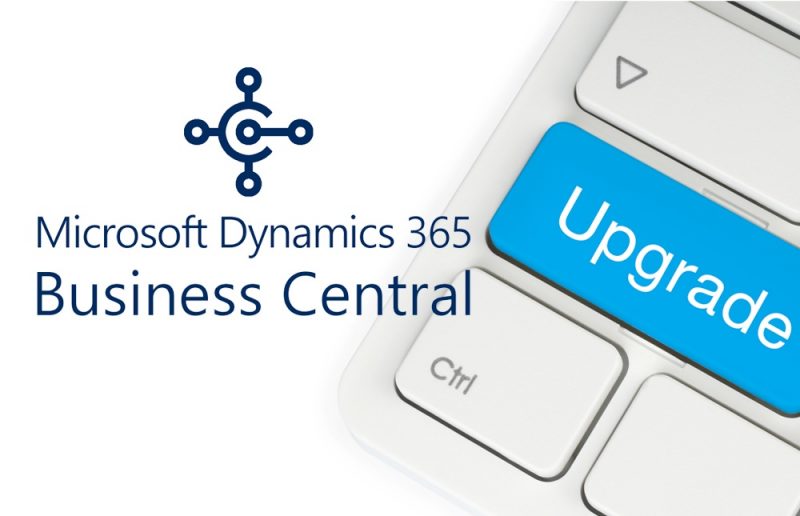If you are looking for a reliable and powerful ERP solution for your business, you might have come across two popular options from Microsoft: MS Dynamics and Business Central. But what is the difference between them, and which one should you choose? In this article, we will compare and contrast these two solutions and explain why you should consider a business central upgrade if you are currently using MS Dynamics.
What is MS Dynamics?
MS Dynamics is a family of enterprise resource planning (ERP) and customer relationship management (CRM) applications that help businesses manage their finances, operations, sales, marketing, and service.
MS Dynamics includes several products, such as:
Dynamics 365
A cloud-based suite of SaaS applications that integrate with Microsoft 365 and other Microsoft products.
Dynamics 365 offers various modules for different business functions, such as Sales, Marketing, Customer Service, Finance, Supply Chain Management, Human Resources, Commerce, and more.
Dynamics NAV
A legacy ERP solution designed for small and medium-sized businesses.
It provides core functionality for finance, manufacturing, distribution, project management, and service management. Dynamics NAV was replaced by Business Central in 2018.
Dynamics AX
A legacy ERP solution designed for large and complex organizations.
It offers advanced functionality for finance, manufacturing, retail, distribution, public sector, and service industries. Dynamics AX was replaced by Dynamics 365 Finance and Operations in 2016.
Dynamics GP
A legacy ERP solution designed for small and medium-sized businesses. It focuses on financial management, reporting, and analytics.
Dynamics GP is still supported by Microsoft but has not received any major updates since 2018.
Dynamics SL
A legacy ERP solution designed for project-based businesses. It helps with project management, accounting, billing, and reporting.
Dynamics SL is still supported by Microsoft but has not received any major updates since 2018.
What is Business Central?
Business Central is a modern cloud-based ERP solution that replaces Dynamics NAV.
It is designed for small and medium-sized businesses that need a comprehensive and flexible solution to manage their finances, operations, sales, services, and projects.
Business Central offers the following benefits:
Improved user experience
Business Central has a modern and intuitive user interface that makes navigation and data entry easier.
It also integrates seamlessly with Microsoft 365 applications such as Outlook, Excel, Word, Teams, and Power BI.
Enhanced functionality
Business Central introduces several new features and modules that enhance core business processes.
For example, it offers built-in artificial intelligence (AI) capabilities that provide insights and recommendations based on data analysis.
It also supports multi-company and multi-currency scenarios.

Modern technology stack
Business Central is built on the AL programming language and the Visual Studio Code development environment.
This makes it easier for developers to create extensions and customizations using standard tools and best practices.
It also enables faster updates and bug fixes from Microsoft.
Seamless integration
Business Central connects with other Dynamics 365 applications as well as third-party apps through the Common Data Service (CDS) and the Power Platform.
This allows users to access data and functionality from different sources in one place. It also enables automation and workflows across applications using Power Automate.
Cloud-ready solution
Business Central is hosted on the Microsoft Azure cloud platform, which provides high availability, security, scalability, and performance.
Users can access Business Central from any device and location using a web browser or a mobile app. They can also benefit from automatic backups, disaster recovery, and compliance features.

